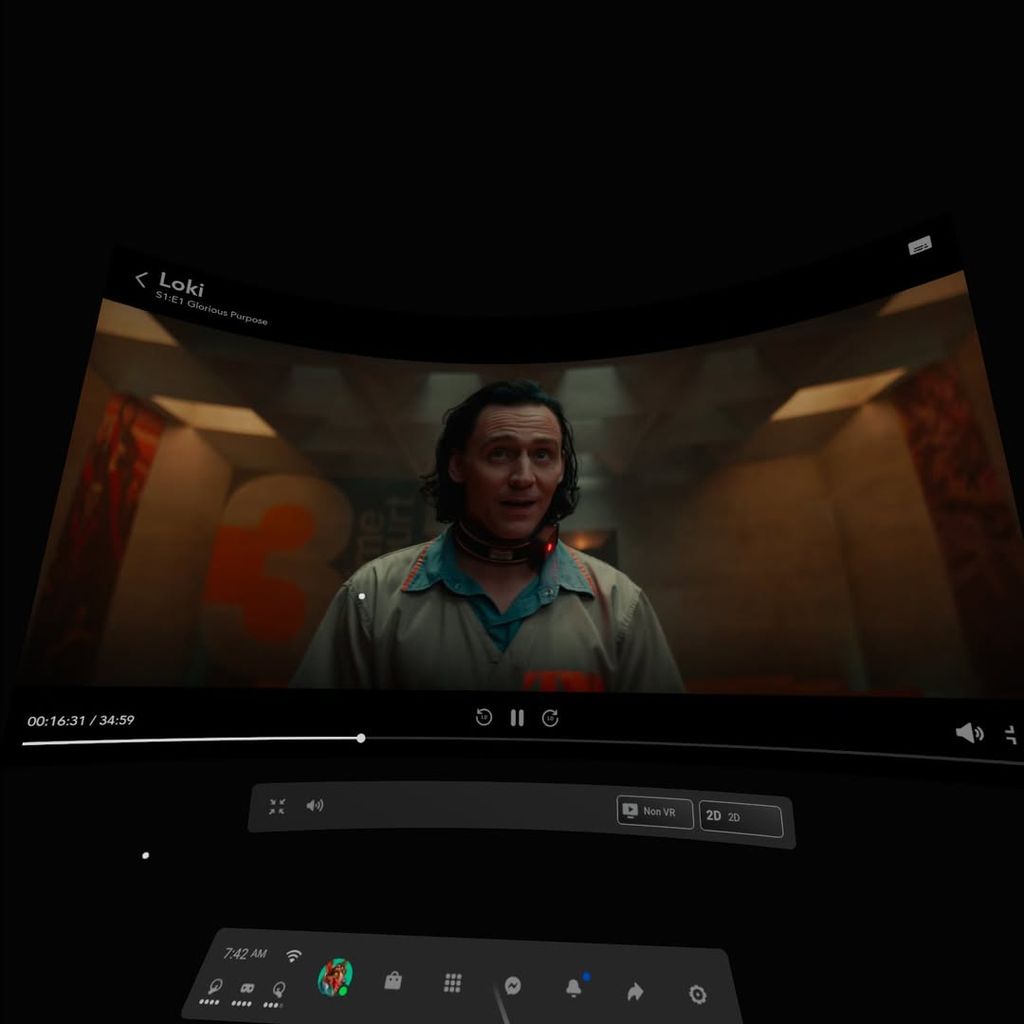
Meta is working on a breakthrough device — a wristband that allows users to control a computer using hand gestures. Users can, among other things, move the cursor, open applications, or write in the air as if they were holding a pen. This is not a futuristic vision — it is technology that already works in laboratories.
Unlike classic controllers, it does not require any buttons or a touch interface. A slight movement of a finger or even the intention of making a movement is enough.
How does sEMG technology work?
The secret of the strap lies in the application of surface electromyography (sEMG) — a technique that detects electrical signals generated by muscle activity. The device analyses these micro-signals and translates them into specific commands, even before the user physically moves their hand.
As noted in a study published in the journal Nature, this technology can predict movements with astonishing precision, opening up entirely new possibilities for interacting with machines.
Help for People with Paralysis and an Alternative to Neuralink?
One of the key goals of the project is to support people with disabilities. Meta is conducting tests in collaboration with Carnegie Mellon University, where the device has been tested on patients with spinal cord injuries.
Professor Douglas Weber emphasises that even in individuals with complete paralysis of the hands, muscular activity can still be detected — and this is enough for the device to interpret their intentions. This makes it possible to write messages, operate a computer, or communicate with the environment — without the need to speak or move.
In contrast to other non-invasive solutions, such as EEG headbands, the Meta device operates faster and more precisely because sEMG uses stronger muscle signals than EEG uses from the brain.
It is also a significantly less invasive alternative to controversial projects, such as Elon Musk's Neuralink, which involves surgically implanting chips into the brain. The Meta device works without surgery, is potentially cheaper and easier to produce — and it is also ready for everyday use.
And what about the future?
Although the wristband is still in the testing phase, Meta sees it not only as a medical tool but also as an element of future augmented and virtual reality interfaces. The ability to control applications, write and draw in mid-air, or play games without holding anything in hand could become the new standard.
If sEMG technology enters the mainstream, we are looking at a new way of interacting with technology — without keyboards, touchscreens, and mice.














